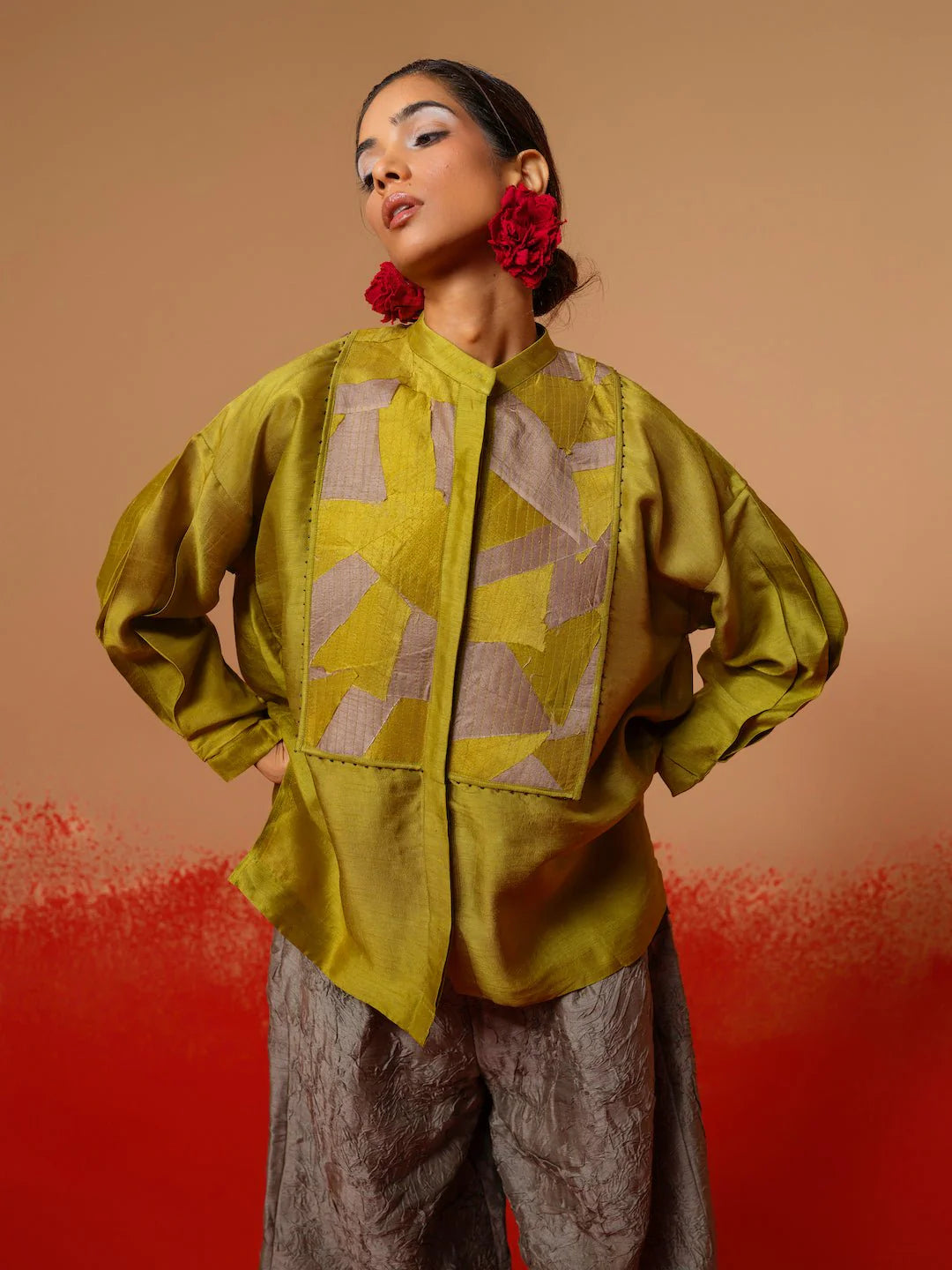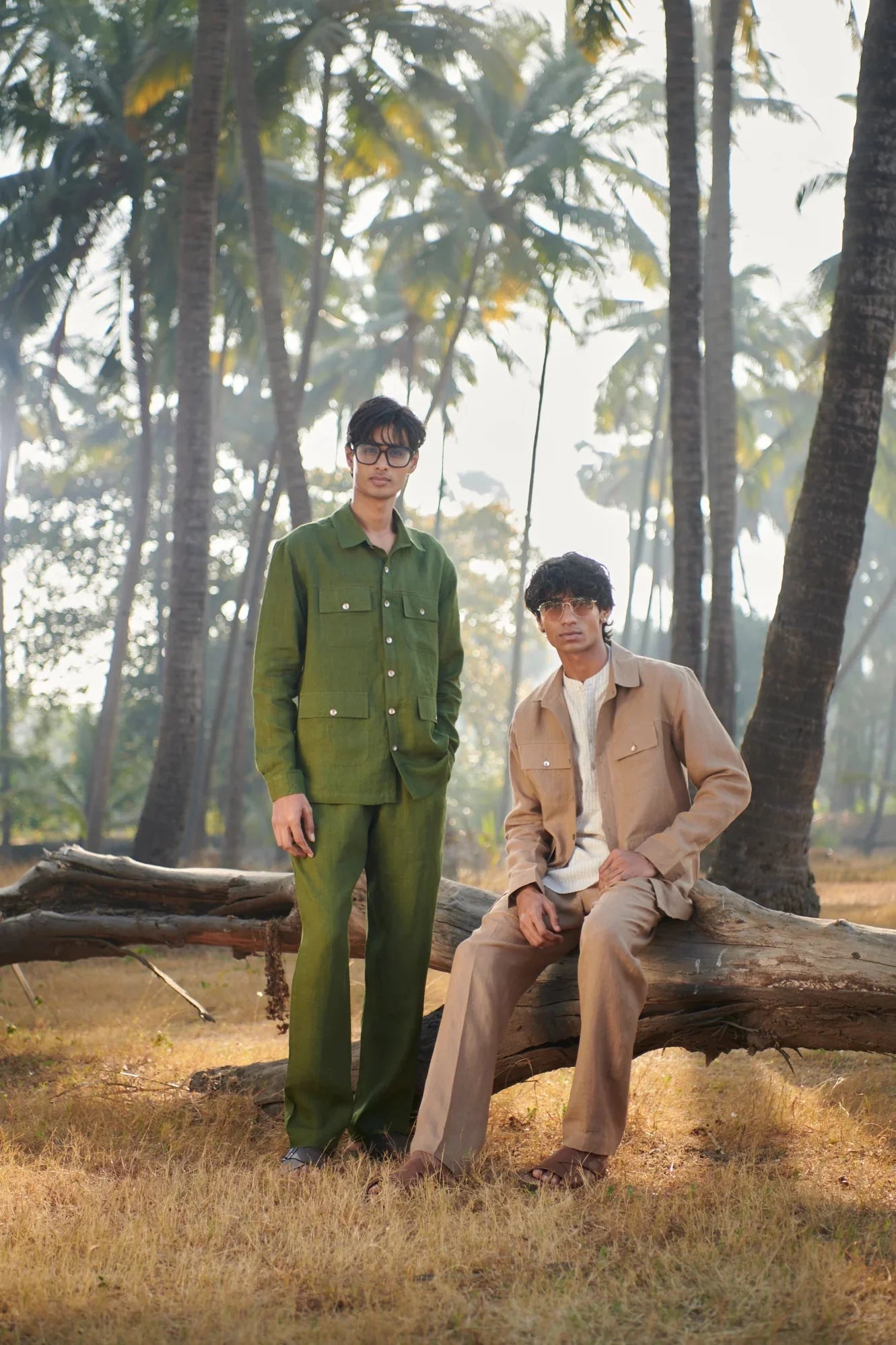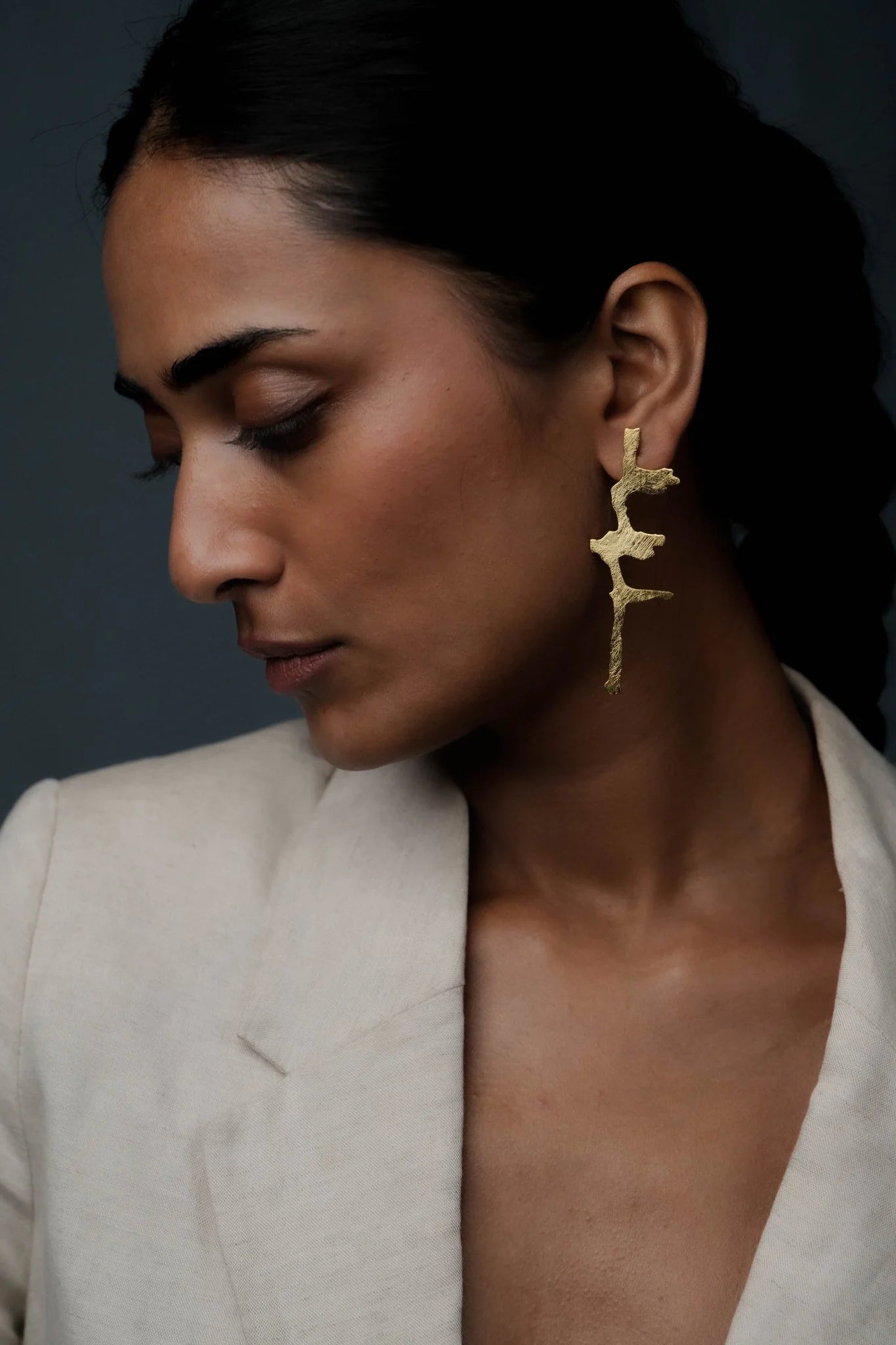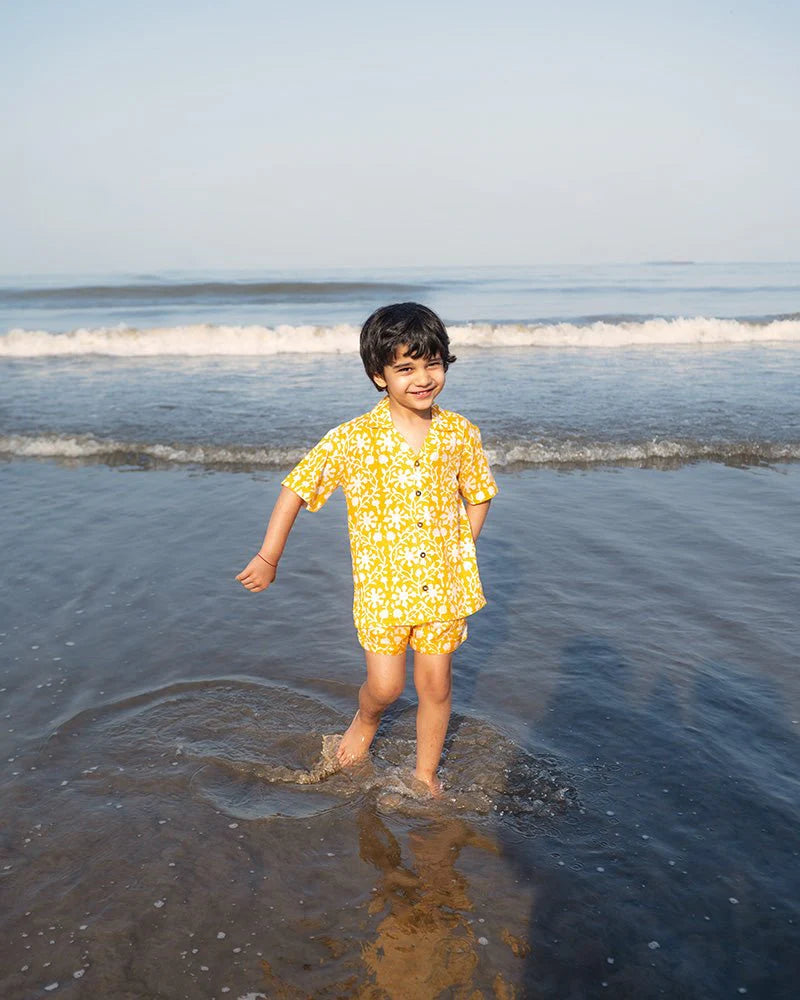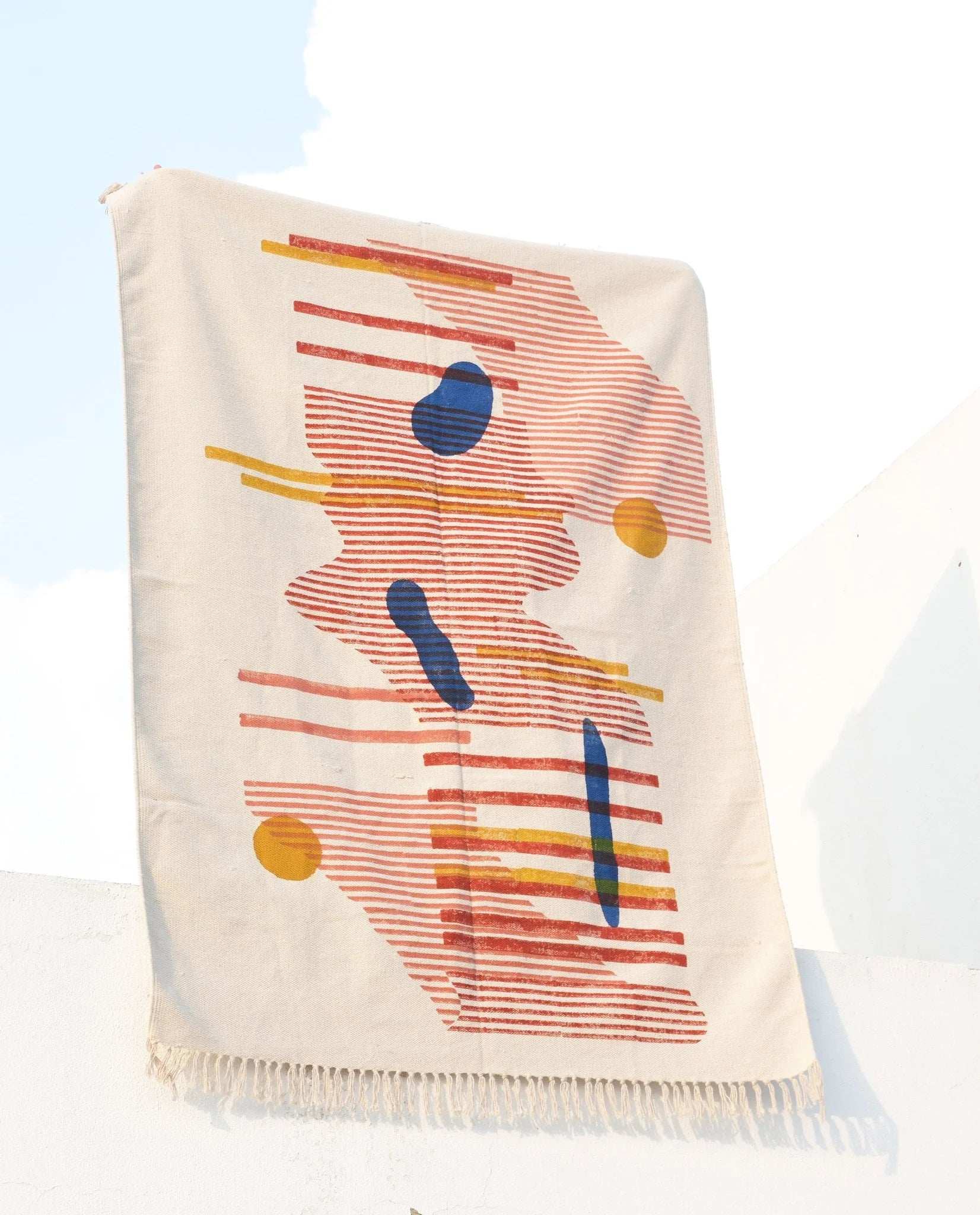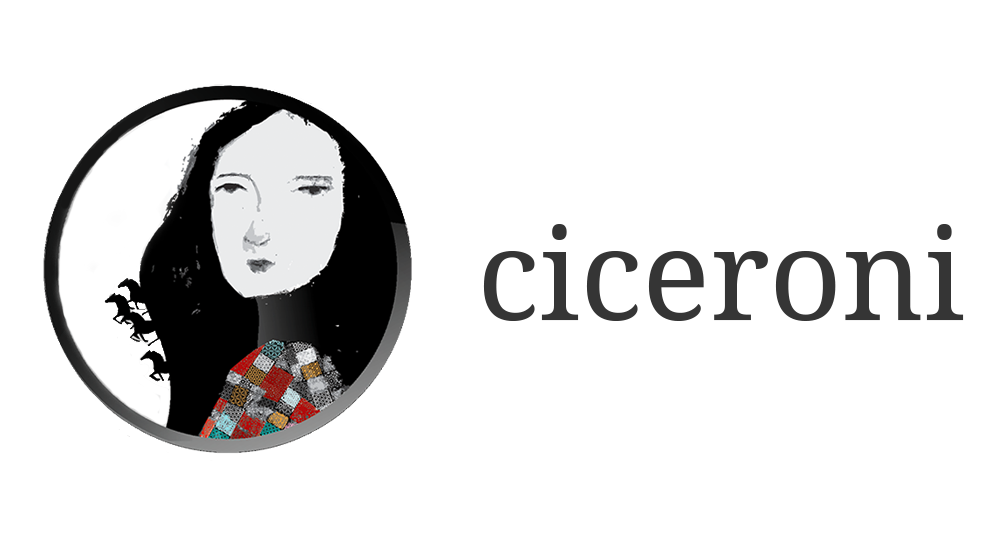
Another disruptor label Savage x Fenty by Rihanna recently hosted its fashion show and was applauded for its inclusivity. The entire show was a stark contrast to Victoria Secret’s show where the models are strictly restricted to 5’10 height and size 2 (yes, process it – size 2). The multimillion-dollar label, who has a third of the market share when it comes to lingerie,did not include a plus-size woman in any of their campaigns so as to not “change the brand’s point of view”.
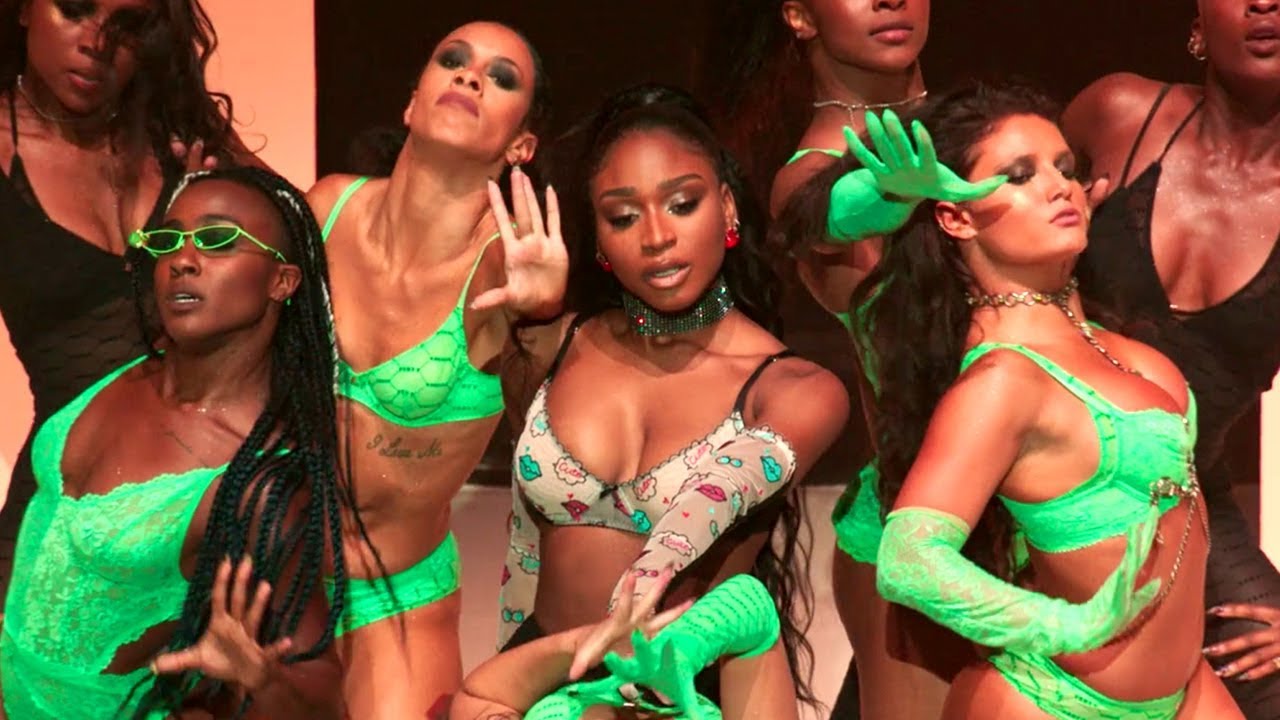

Closer home, Sabyasachi, one of the most aspirational designer wear label for Indian brides, posted a plus-size women’s photo along with the caption ‘There’s nothing more beautiful than self-confidence,’ on Women’s Day. The label was highly criticized by their followers for harping on body inclusivity only for the day.

A user commented, “Why not celebrate all body-types…all year round?” “Skinniness and confidence aren’t mutually inclusive. Curviness and confidence aren’t mutually exclusive,” read another comment. His campaign for including curvy woman ( only 1 out of all models) may as well be called as tokenism for inclusivity.

The plus-size segment in India is estimated to grow rapidly with over $5-6 billion markets by 2020, yet only limited brands have ventured into this market. One wonders why? However, globally, Plus-Size Appreciation Day is being celebrated on 6th October, every year.
In the pursuit of capturing on-ground reality of plus sized stores and labels in Gujarat, Ciceroni explored its three major cities – Ahmedabad, Baroda and Surat.
Surat and Baroda have a grim reality when it comes to plus size stores and shopping if you are curvy. There are limited options in both cities. We recently had a unvarnished conversation with Dr Falguni Vasavada, an advertising professor, TEDx speaker, social media influencer and a body-positive crusader in our segment “Candid at Ciceroni”, a live interactive platform that fosters dialogues in the fashion community.Talking about plus-size availability, Dr Falguni says “You can count plus-size retailers on your fingers and they are exorbitantly priced”

Apart from availability, the offerings have traditionally been poor – in terms of fabric and material, unfashionable (patterns and cuts) and usually placed in the least-trafficked areas of stores.

According to Steve Dennis, Senior Contributor at Forbes, traditionally retailers didn’t experiment with the under-served plus-size region purely to optimize space and inventory.

“The breadth and depth of the merchandise carried in a store would, more or less, follow a statistical distribution of sizes, adjusted by colour ranges carried and constrained by inventory budgets and the literal store-by-store physical limitations of tables and racks. From a short-term financial perspective, this made sense.” – Dennis
Unfortunately, soon the fashion industry’s overt and unconscious bias against women of certain sizes and shapes seeped into cinema, advertising and consequently retail.

Talking about Body-shaming, Dr Falguni Vasuvada recalls on how retailers will give a cold shoulder every time a plus-sized person enters their store. In minute ways – expressing shock as one asks for size 14 and up, telling the person the outfit won’t fit them even if it’s an item that’s purely considered for gifting someone else, and up-selling the concerned person with smaller sizes promising that it would stretch after a wash, retailers have entered into a vicious circle of destroying the very own market that would lift them from a current cluttered space with dismal sales.

In such cities, it takes a plus-sized person considerable time and effort to shop and plan a new wardrobe while facing shame as well as disappointment every time they visit the market.Many plus-sized women have to be their own designers by procuring fabrics that they are comfortable in, selecting styles and patterns that would suit their figure and finally getting it stitched by someone skilled in plus-sized clothing requirements.
On the other hand, Ahmedabad’s plus-size market looks quite promising.
Dipashna, a women’s wear store in Ahmedabad houses a range of ethnic and western wear apparels at a reasonable price. Catering to almost every size up to 6XL, the outlet is a treasure trove for curvy fashionistas.

If you’re looking for a range in ethnic wear and beyond solid kurtis, check out Bijouri. Handwoven embroidered Skirts, Kurtis, Chaniya Cholis, Nightgowns are available up to 3 XL.

Check in to pick your best fit.

There are websites like Afamado, Amydus and Nubella which are breaking the conventional norms of fashion. Off-shoulder, striped, knee-length dresses, cocktail dresses, body cons or straight cuts, you will find various stylish outfit options up to 6XL sizes on these sites.

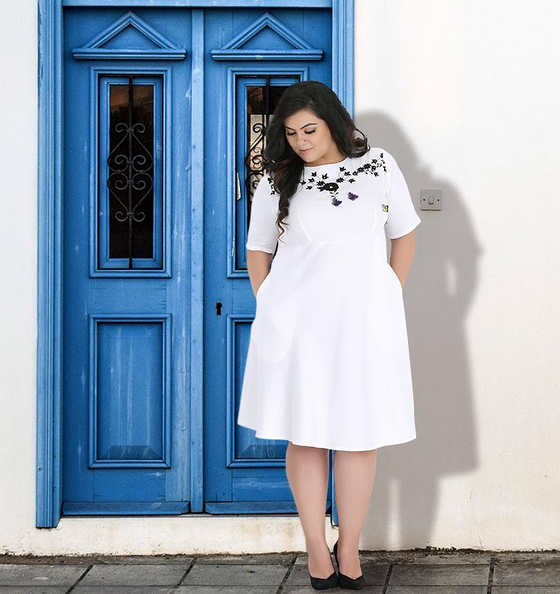
In the end, every woman wants a customer-service oriented business that strives to make women of all sizes feel confident and gorgeous. As Dr Falguni says “Revolution has to start from thought leaders of the fashion world.” If plus-sizes are represented on runways, movies and consequently on our television, it would change the normcore of the industry.

Representation is vital, the Indian fashion industry should take measures to promote inclusivity and incorporate the entire body spectrum while designing their collections. Token campaigns cannot work. Starting from visual representation in photo-shoots done by brands to characters in advertisements and movies, body inclusivity needs a major push from the thought leaders of the industry. Meanwhile, one wonders what is stopping young designers and entrepreneurs to enter the Plus size market and capitalize on its share?


Revolution has to begin from top to bottom in fashion industry. Then it wouldn’t take much time for it to trickle down to the cities like Surat, Baroda and Ahmedabad.

